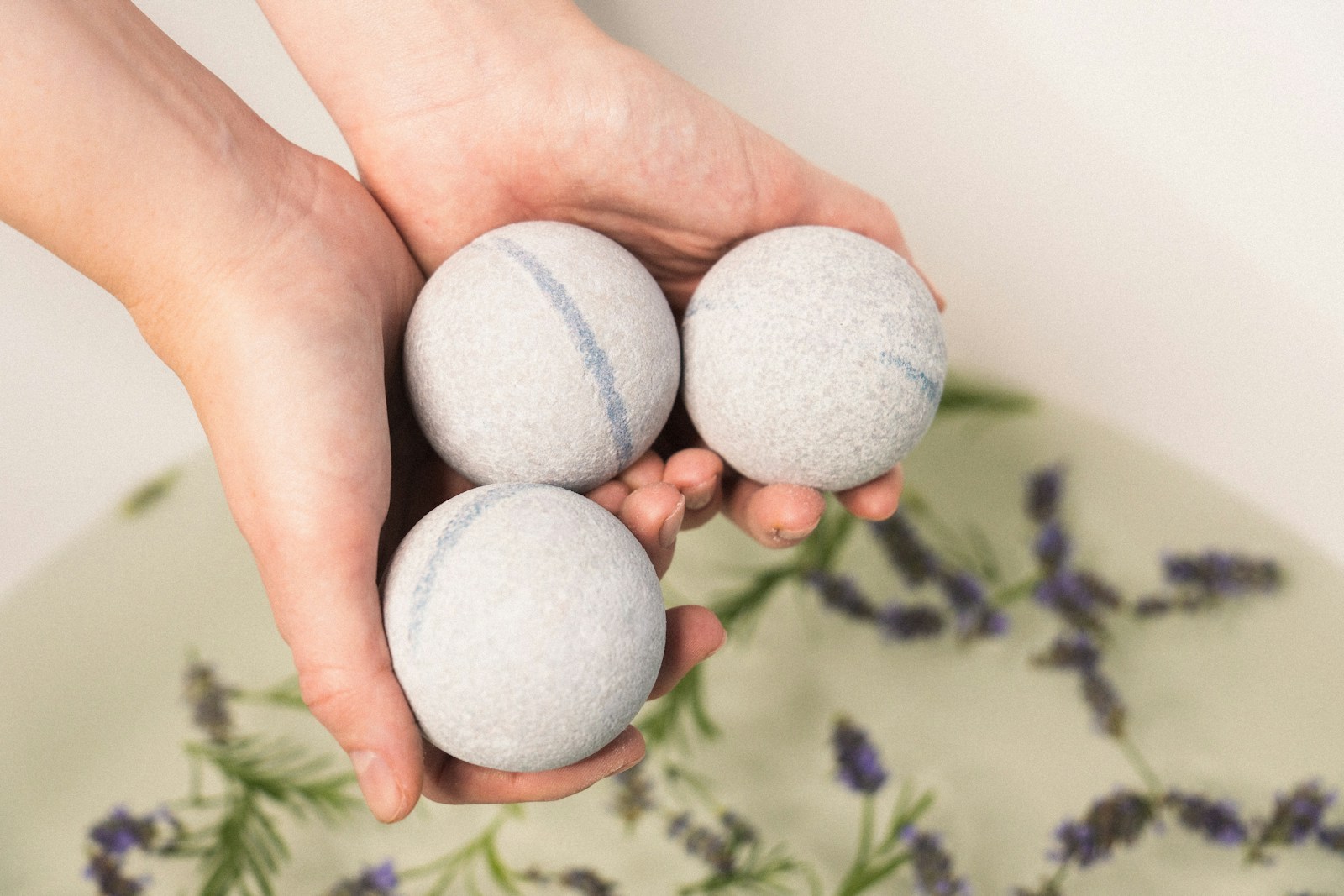Bath bombs have transformed ordinary bathing routines into luxurious spa-like experiences that delight the senses while nourishing the skin. These effervescent spheres of joy combine the therapeutic benefits of essential oils with skin-softening ingredients, creating a perfect escape from everyday stress. Making your own bath bombs at home not only allows you to customize scents and therapeutic benefits but also helps you avoid the harsh chemicals and synthetic fragrances often found in commercial products.
This comprehensive guide explores how to create beautiful, fragrant bath bombs using ingredients found in nature’s pantry, empowering you to craft personalized bath treats that are both gentle on your skin and kind to the environment.
The Science Behind Bath Bomb Fizz
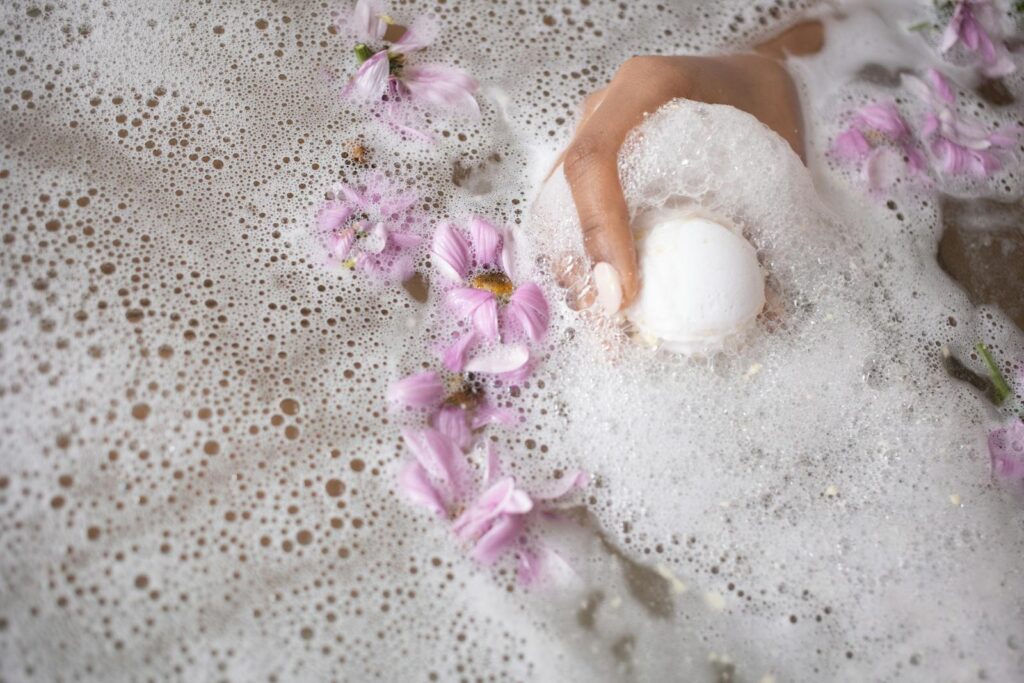
Bath bombs derive their signature fizzing action from a simple chemical reaction between an acid and a base. When baking soda (sodium bicarbonate) and citric acid come in contact with water, they react to release carbon dioxide gas, creating those delightful bubbles we associate with bath bombs. This reaction is completely natural and safe for your skin and plumbing.
The fizzing action also helps to disperse the other ingredients throughout your bathwater, maximizing their benefits. Understanding this basic chemistry allows you to troubleshoot problems and create the perfect fizz for your homemade creations. The speed and intensity of the reaction can be controlled by adjusting the ratio of ingredients or by adding certain stabilizers.
Essential Ingredients for Natural Bath Bombs
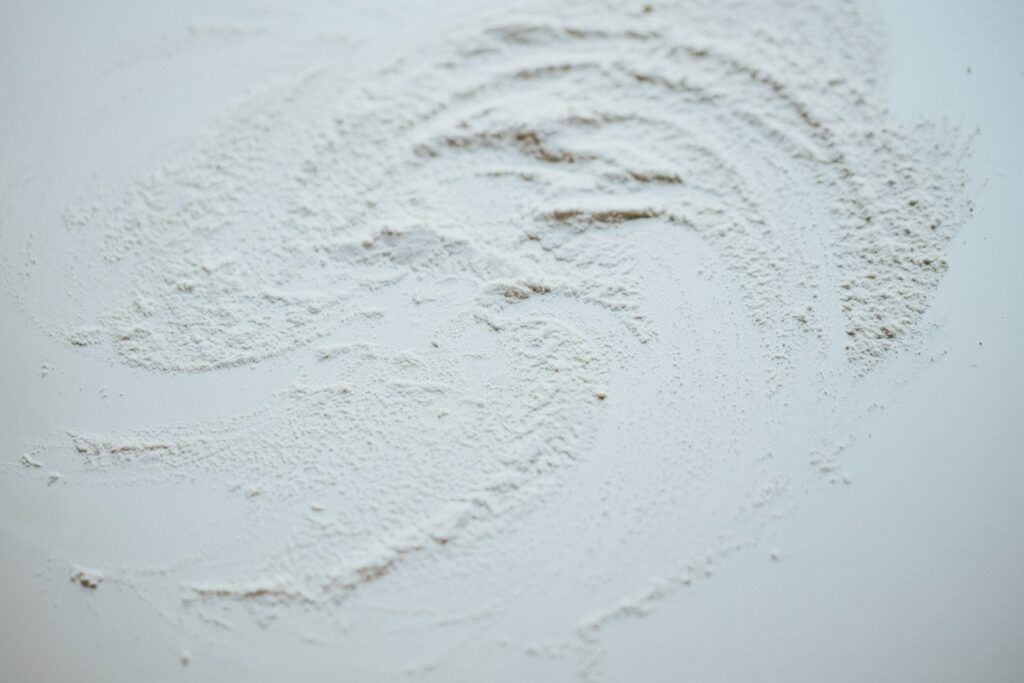
Creating natural bath bombs requires just a handful of basic ingredients that form the foundation for endless customization. Baking soda serves as the primary base ingredient, providing gentle cleansing properties while softening bath water. Citric acid, usually available as a fine white powder, creates the fizzing reaction when combined with water.
Cornstarch acts as a binder and softener, helping to hold the mixture together while adding a silky feel to your bathwater. Epsom salts or sea salts add beneficial minerals and enhance the therapeutic effects. Carrier oils like coconut, sweet almond, or olive oil provide moisture and skin-nourishing properties. Natural colorants derived from plants, clays, or spices can add visual appeal without synthetic dyes.
Choosing the Right Essential Oils for Aromatherapy Benefits

Essential oils elevate bath bombs from simple fizzies to mood-boosting aromatherapy experiences. Lavender promotes relaxation and restful sleep, ideal for evening use. Eucalyptus and peppermint help clear sinuses and support breathing, especially during colds. Citrus oils like sweet orange and lemon offer a refreshing, energizing boost—perfect for morning baths.
For a romantic touch, rose and ylang-ylang add sensual, floral notes. Always choose high-quality, pure essential oils from trusted sources to avoid irritation and ensure maximum benefits. Since essential oils are very concentrated, use them sparingly—around 15–20 drops per batch of bath bombs is enough.
Natural Colorants Plant Based Alternatives to Synthetic Dyes
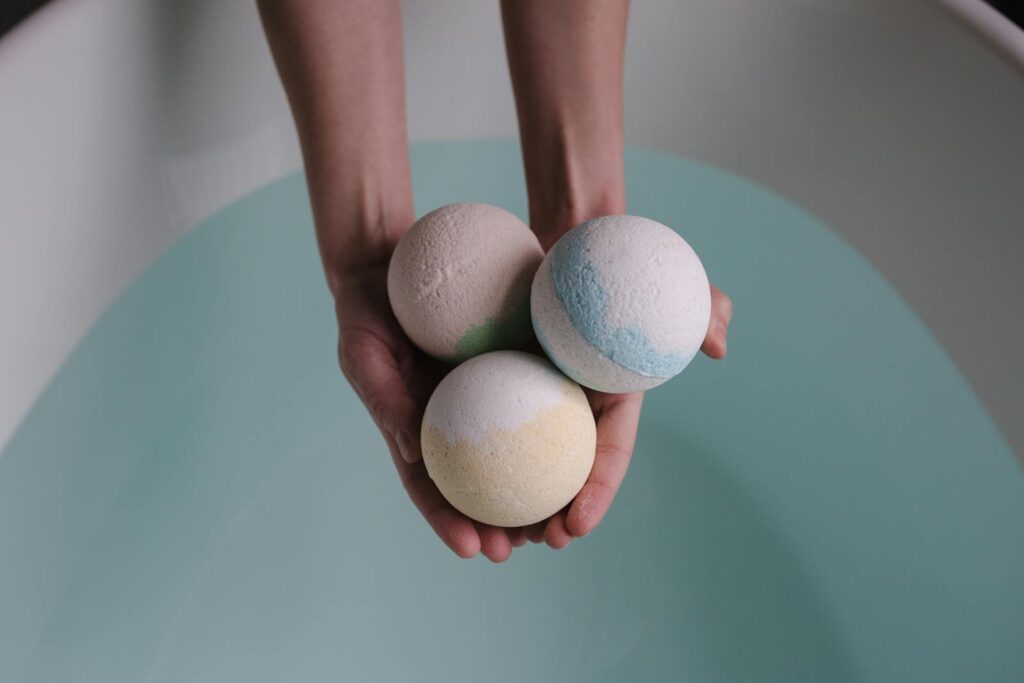
Commercial bath bombs often contain artificial colorants that can irritate sensitive skin, but nature offers a beautiful palette of alternatives. Spirulina powder creates stunning blue-green hues while adding skin-benefiting nutrients. Beetroot powder or hibiscus provide various shades of pink and red that transform bathwater into a romantic experience. Turmeric powder offers vibrant yellow tones and adds anti-inflammatory benefits for the skin.
Matcha green tea powder not only creates a lovely green color but also contributes antioxidants that nourish the skin. Clay powders like kaolin (white), French green, or rose (pink) add gentle exfoliating properties while creating subtle, earth-toned bath bombs. Unlike synthetic dyes, these natural colorants won’t stain your tub or skin when used in appropriate amounts.
Basic Bath Bomb Recipe for Beginners
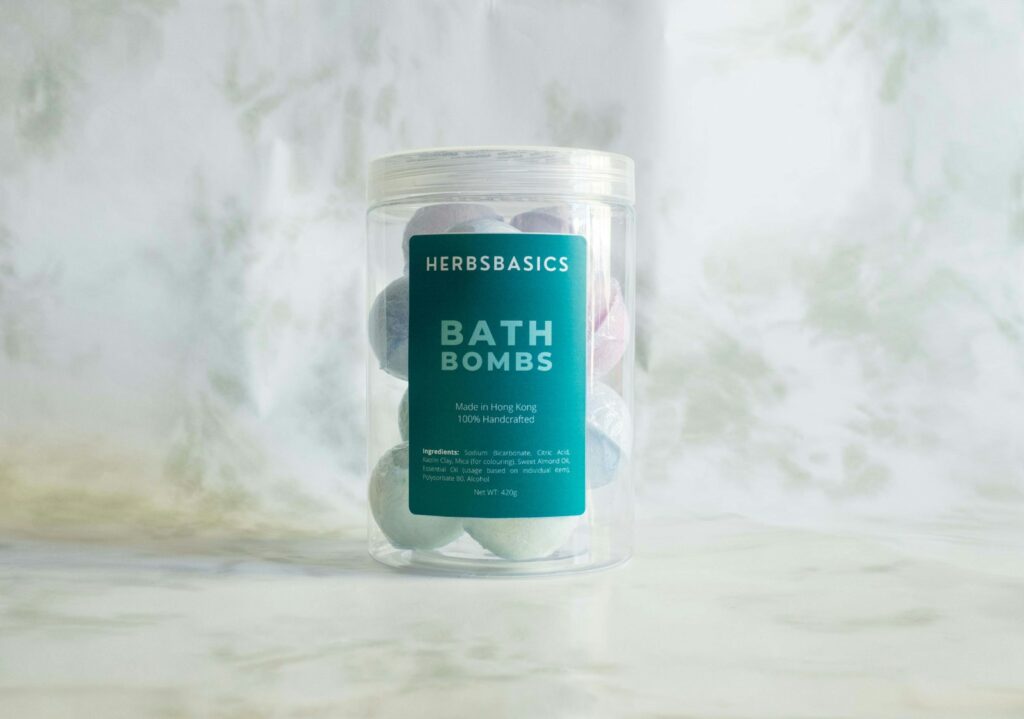
Starting with a simple, foolproof recipe builds confidence before experimenting with more complex formulations. Combine 1 cup of baking soda, 1/2 cup of citric acid, 1/2 cup of Epsom salt, and 1/2 cup of cornstarch in a large bowl, mixing thoroughly to remove any clumps. In a separate small container, combine 2 1/2 tablespoons of a light carrier oil (like sweet almond or coconut oil), 3/4 teaspoon of water, 15-20 drops of your chosen essential oils, and optional natural colorant.
Very slowly add the liquid mixture to the dry ingredients, whisking quickly to incorporate without triggering the fizzing reaction prematurely. The proper consistency should resemble slightly damp sand that holds together when squeezed. Once achieved, quickly pack the mixture into molds, press firmly, and allow to dry for at least 24 hours before using.
Therapeutic Blends for Different Needs

The versatility of homemade bath bombs allows you to create specialized formulations targeting specific needs. For stress relief and relaxation, combine lavender, chamomile, and vanilla essential oils with dried lavender buds for a calming experience that prepares you for restful sleep. To ease muscle soreness, increase the Epsom salt content and add peppermint, eucalyptus, and rosemary essential oils, which have natural analgesic properties.
For skin nourishment, incorporate finely ground oatmeal, honey powder, and calendula essential oil to soothe irritated skin and provide gentle moisturization. Seasonal allergies or respiratory congestion can be addressed with a blend of eucalyptus, tea tree, and thyme essential oils, which help open airways and provide relief. These therapeutic combinations transform your bath from a simple cleansing routine into a targeted wellness treatment.
Troubleshooting Common DIY Bath Bomb Problems
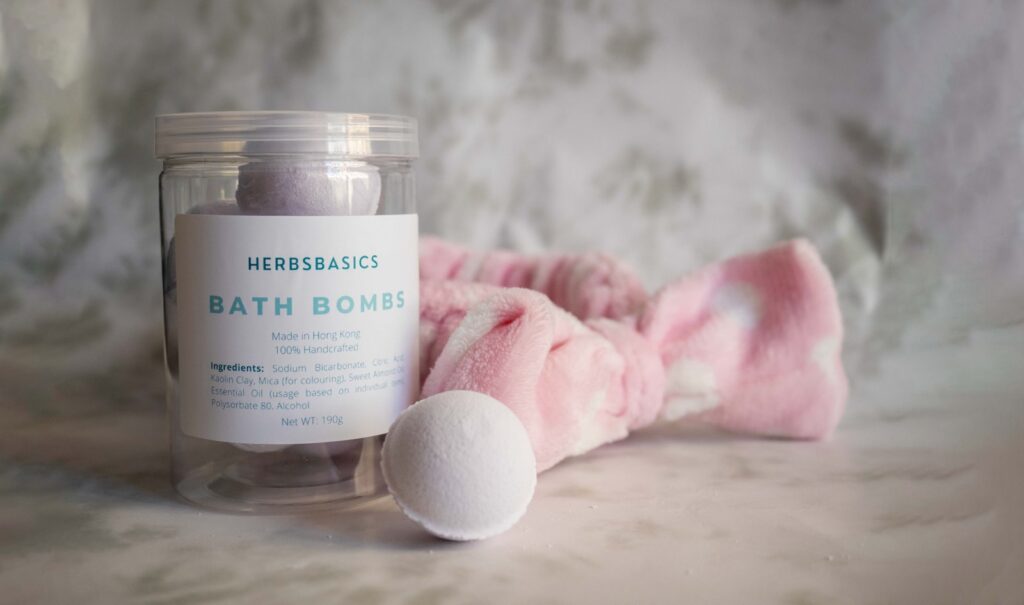
Even experienced crafters face challenges when making bath bombs, but most have simple solutions. Cracking, expanding, or falling apart during drying usually means there’s too much moisture—try using less water or witch hazel. If your bath bombs don’t fizz well, check your ratio of baking soda to citric acid; a 2:1 ratio is ideal.
Crumbling bombs often signal a mix that’s too dry, so add a bit more oil or witch hazel. To avoid unpleasant smells during storage, use fresh ingredients and keep bath bombs in airtight containers. Lightly dusting molds with cornstarch can help prevent sticking.
Creative Additions Herbs Flowers and Botanicals
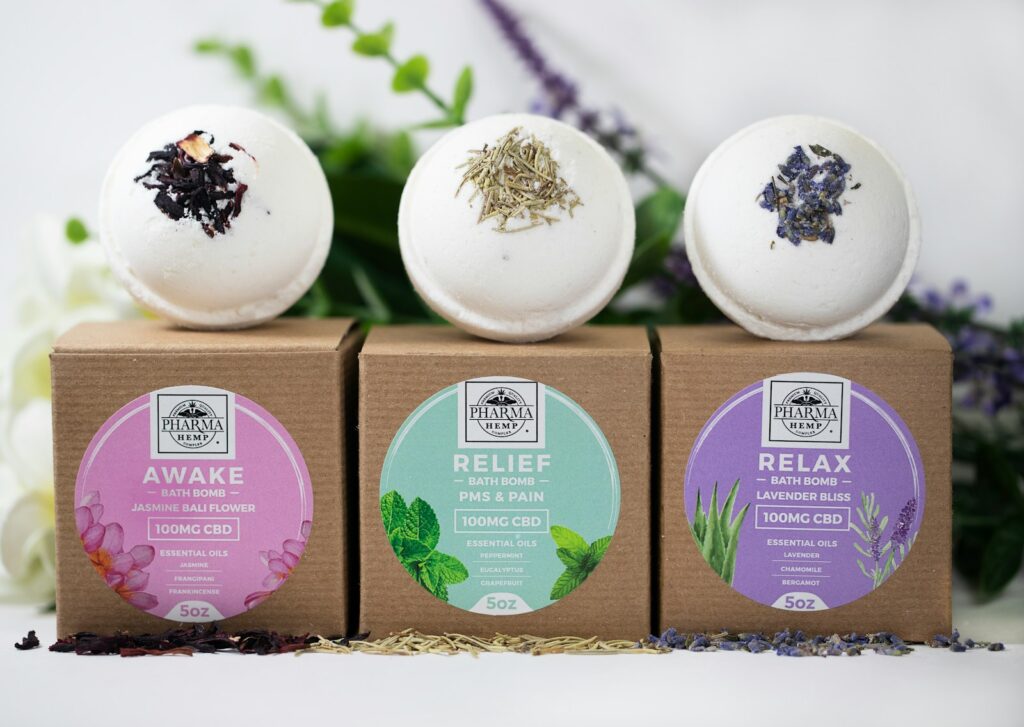
Incorporating botanical elements adds visual appeal and additional therapeutic benefits to your bath bombs. Dried lavender buds not only look beautiful but also release additional relaxing fragrance as they float in your bath. Calendula petals bring a sunny appearance and skin-soothing properties, making them perfect for sensitive skin formulations. Rose petals create a romantic atmosphere and contribute mild astringent properties beneficial for many skin types.
Chamomile flowers add a delicate appearance while delivering anti-inflammatory benefits that calm irritated skin. When incorporating dried botanicals, ensure they are finely crushed if placing them inside the bath bomb mixture to prevent scratchy textures, or reserve whole pieces for decorating the outside of your bombs. Food-grade botanicals are preferred to ensure they are free from pesticides or other treatments that could irritate skin.
Creating Bath Bombs for Sensitive Skin
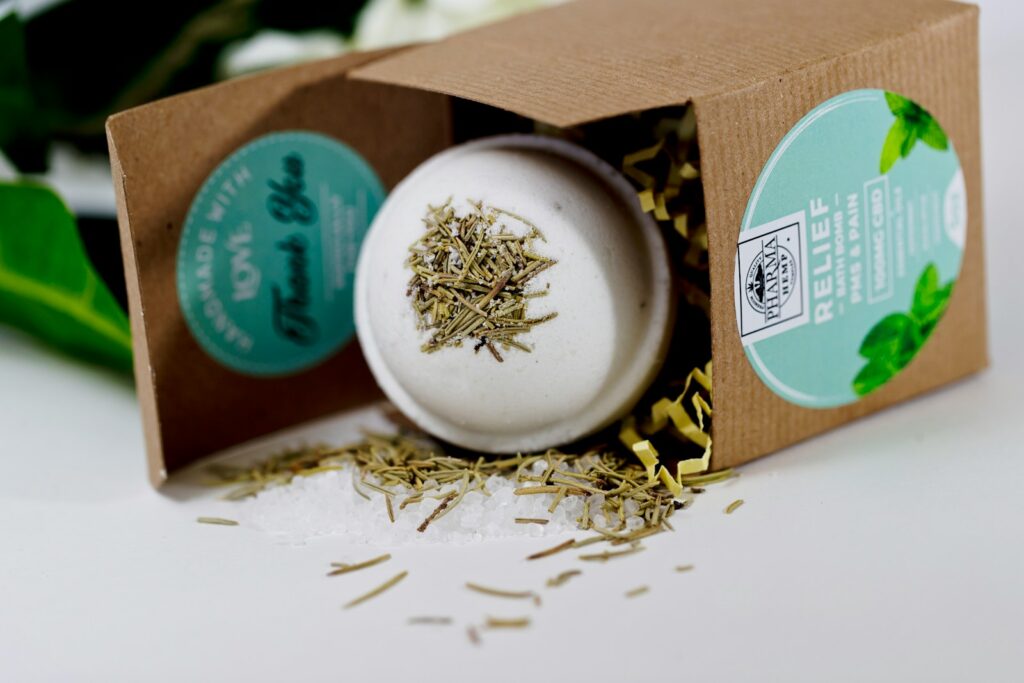
Sensitive skin requires special consideration when formulating bath bombs to ensure they soothe rather than irritate. Omit potential allergens like artificial fragrances and colors, opting instead for gentle essential oils like lavender, chamomile, or frankincense, which are generally well-tolerated. Incorporate colloidal oatmeal, which has been used for centuries to calm irritated skin and reduce itching. Add skin-supporting ingredients like shea butter or cocoa butter to provide a protective moisture barrier that prevents the drying effects sometimes associated with baking soda.
Keep the essential oil content lower than in standard recipes, starting with just 5-10 drops per batch and increasing only if well-tolerated. Testing a small amount on your inner wrist before a full bath can help prevent uncomfortable reactions for those with extremely sensitive skin.
Kids-Friendly Bath Bomb Formulations
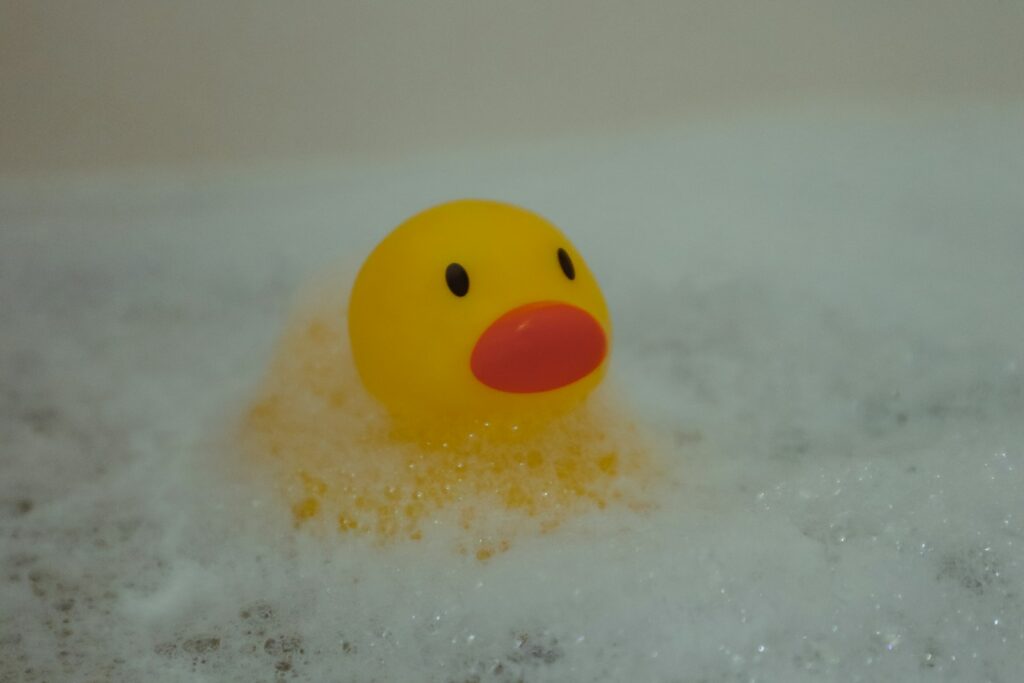
Creating bath bombs with children offers a fun science lesson while producing colorful bath-time treasures they’ll be excited to use. For child-friendly versions, simplify the recipe by using just baking soda, citric acid, cornstarch, and a small amount of gentle oil like sunflower or apricot kernel oil. Choose kid-safe essential oils such as lavender, sweet orange, or chamomile in reduced amounts—about 5-10 drops total per batch.
Natural food-based colorants like beetroot powder or turmeric are safer alternatives to artificial colors that might irritate children’s sensitive skin. Consider adding a surprise element like a small waterproof toy hidden in the center of the bath bomb for an extra element of fun and discovery. Always supervise bath bomb creation and usage with young children, ensuring they don’t handle concentrated essential oils directly.
Packaging and Storing Homemade Bath Bombs
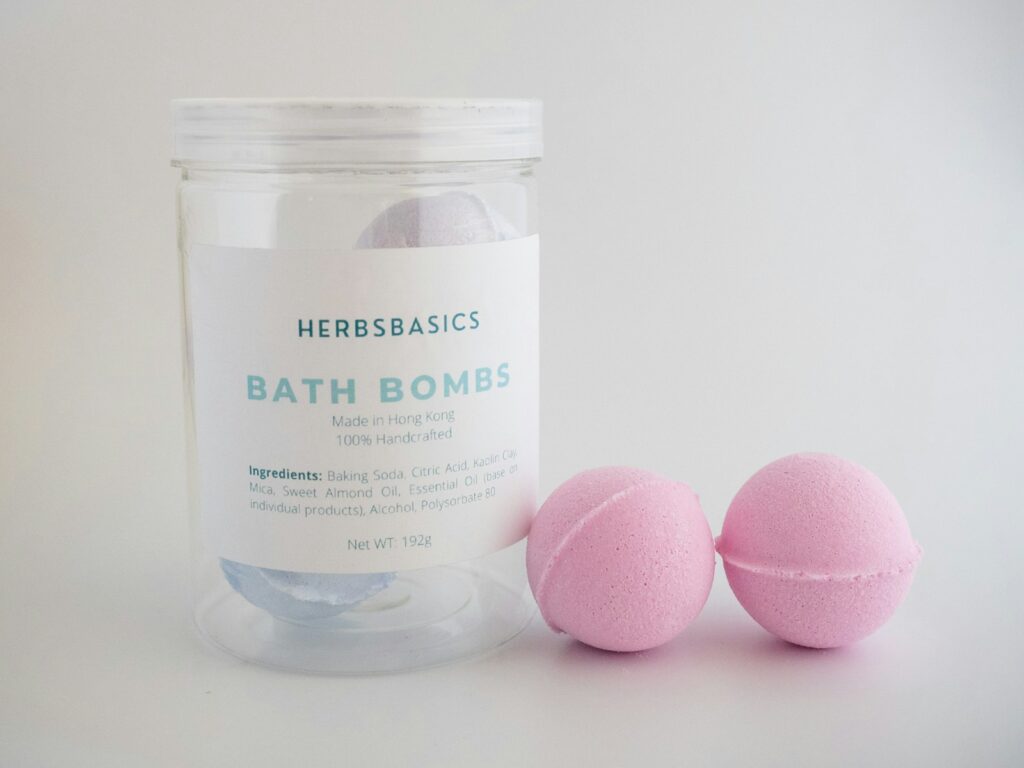
Proper storage is crucial for maintaining the quality and fizzing power of your homemade bath bombs. After allowing your bath bombs to dry completely for 24-48 hours, store them in airtight containers like mason jars, metal tins, or shrink wrap to protect them from moisture in the air. Add silica gel packets to storage containers in humid environments to absorb excess moisture that could trigger premature fizzing. For gifting, consider sustainable packaging options like recycled paper boxes, biodegradable cellophane bags, or reusable tins decorated with personalized labels.
Bath bombs typically maintain their quality for about six months when properly stored, though those containing fresh ingredients like milk powders or certain botanicals may have a shorter shelf life. Keep stored bath bombs away from direct sunlight and heat sources, which can degrade essential oils and cause carrier oils to become rancid.
Seasonal and Holiday Themed Bath Bomb Ideas
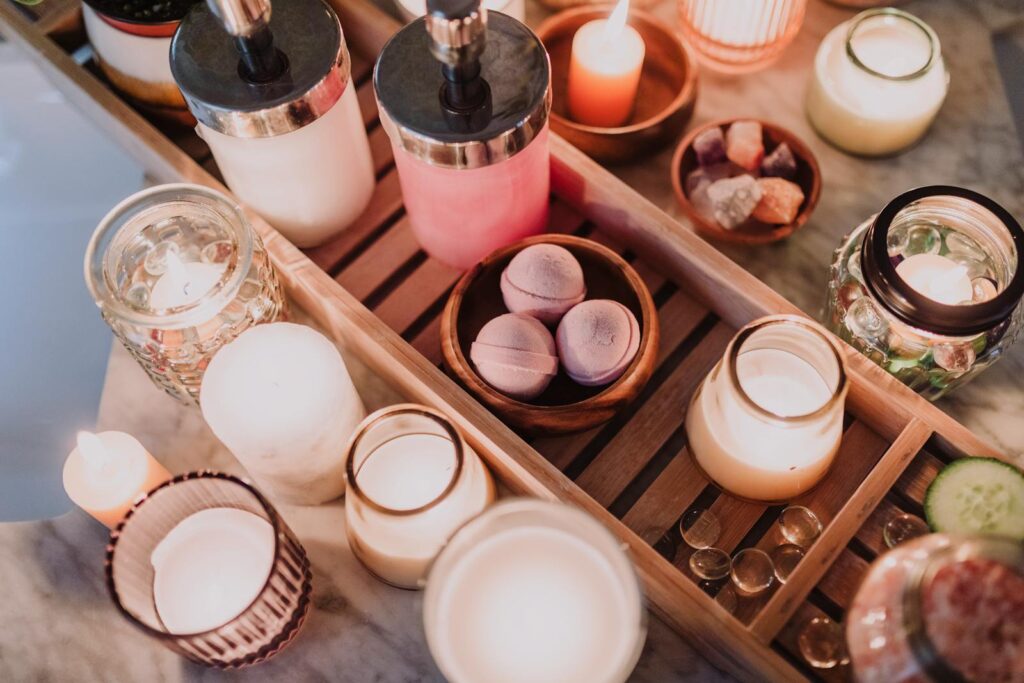
Creating themed bath bombs adds a festive touch to your self-care routine and makes for thoughtful, personalized gifts throughout the year. For winter holidays, incorporate warming scents like cinnamon, vanilla, and clove with red and green natural colorants, perhaps shaped into stars, trees, or snowflakes. Spring celebrations call for fresh floral scents like rose, jasmine, and lily, colored with pastel hues from hibiscus, spirulina, or clay powders, potentially shaped like eggs or flowers.
Summer bath bombs might feature refreshing citrus and mint scents with bright colors from turmeric or blue spirulina, formed into shapes like seashells or tropical fruits. Autumn creations can incorporate grounding scents like cedarwood, sweet orange, and cardamom with earthy tones from cinnamon powder or French green clay, shaped like leaves or pumpkins. These seasonal variations keep your bath experience fresh and aligned with the changing energy of the year.
Advanced Techniques Layered and Embedded Designs
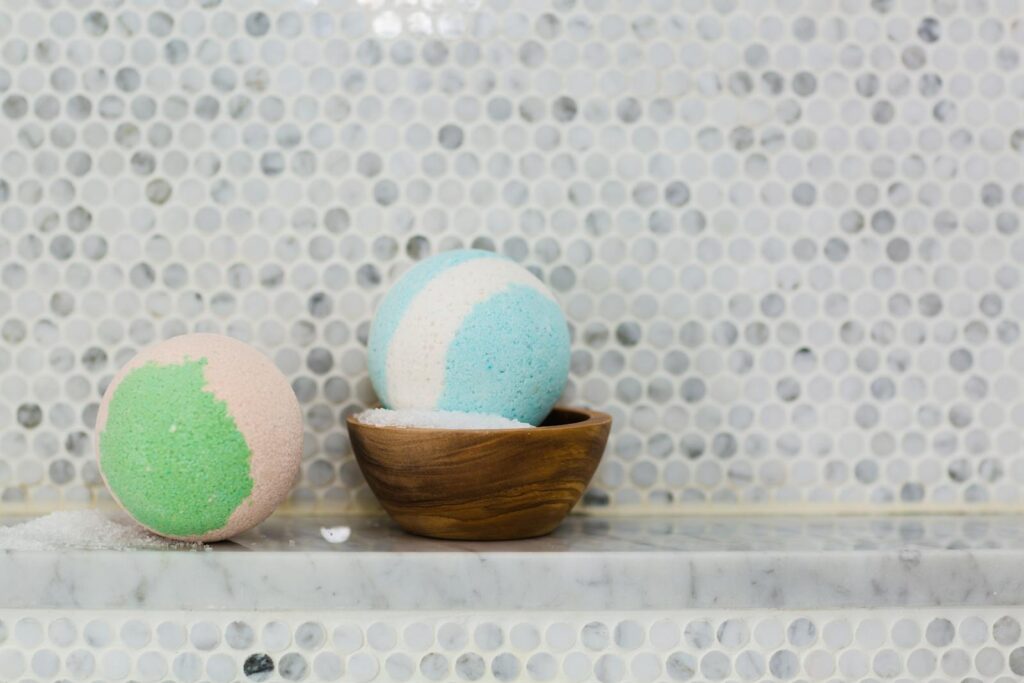
Once you’ve mastered basic bath bombs, explore more complex designs that create visual impact in both the bomb itself and your bathwater. Layered bath bombs feature distinct sections of different colors and scents, created by preparing multiple batches of mixture and packing them in sequence into your molds. Embedded designs incorporate a contrasting center inside your main bath bomb—prepare a small bath bomb in a complementary color, allow it to harden, then place it in the center of your mold before packing the outer layer around it.
Swirled effects can be achieved by preparing different colored mixtures and gently folding them together just before molding, creating a marbled appearance. For truly spectacular effects, experiment with “erupting” bath bombs that release a secondary colorant when the outer layer dissolves, creating a color-changing effect in your bathwater. These advanced techniques require practice but result in professional-looking creations worthy of boutique spas.
Beyond Bath Bombs Complementary Natural Bath Products
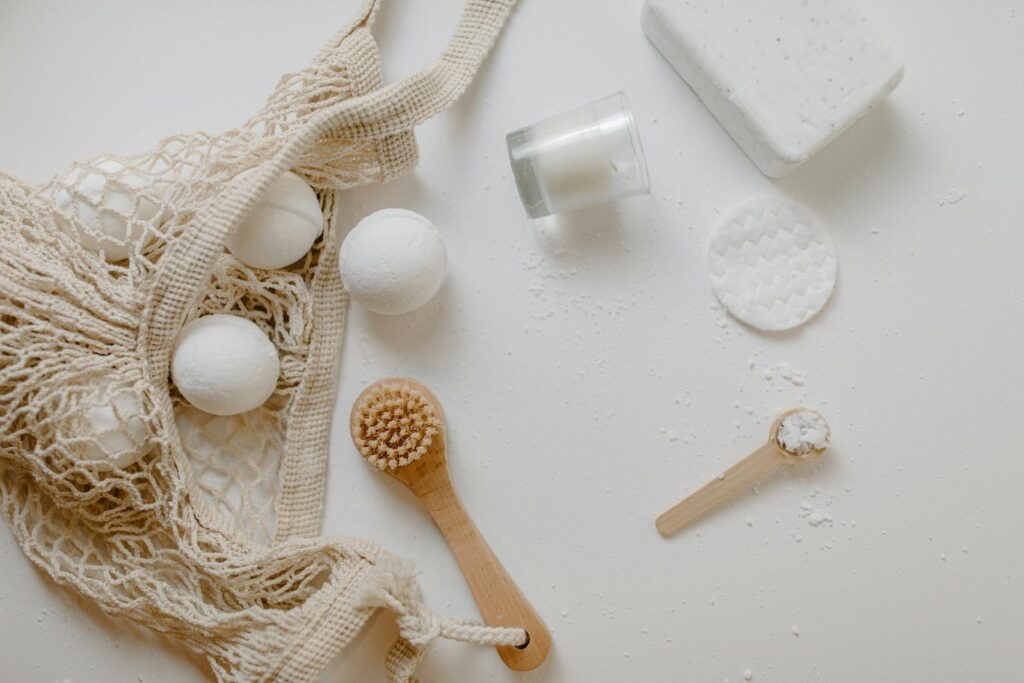
Expand your natural bath product collection with complementary items that enhance your self-care ritual. Bath salts made from Epsom salt, sea salt, and essential oils provide a soothing soak that aids detoxification and muscle relief. Milk baths with powdered coconut, goat, or buttermilk deeply soften skin and can be paired with matching essential oils for a cohesive experience.
Herbal bath teas infuse bathwater with calming botanicals, while body oils applied after bathing lock in moisture and extend the relaxing effects. Crafting these products at home offers a creative outlet rooted in ancient botanical traditions and allows you to avoid synthetic additives. Each handmade item contributes to a personal spa-like experience, turning everyday bathing into a meaningful moment of peace and restoration.

